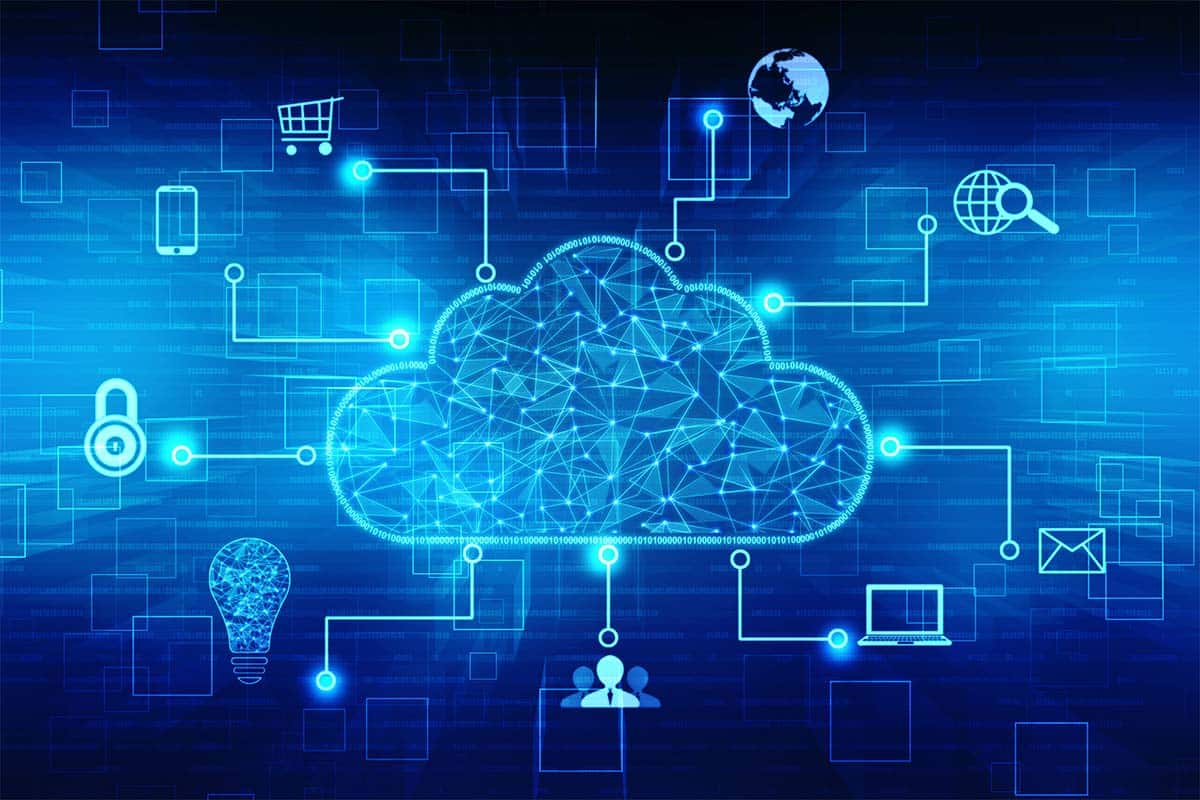In the world of information technology, it seems that a new concept comes along every few years that emerges as the next great leap in technology. One of the current concepts that fits that description in the IT world is cloud computing. However, before a company embraces cloud computing, it needs to make sure that it understands all the implications of this new offering.
As with most technologies, many benefits can be gained, but the business risks must also be evaluated along with understanding the benefits. When making this evaluation, it is essential to keep in mind the short-term needs and the long-term objectives and goals of the organization. In recent years, the Obama administration has pushed all federal agencies to investigate cloud computing to see if it will benefit each agency. “The Federal CIO Council under the guidance of the Office of

Management and Budget (OMB) and the Federal Chief Information Officer (CIO), Vivek Kundra, established the Cloud Computing Initiative to fulfill the President’s objectives for cloud computing. “5 With the recent push from the current administration, cloud computing is expected to grow by leaps and bounds
over the next few years. In some studies, there are predictions that “cloud services will reach $44.2 billion in 2013, up from $17.4 billion of today, according to research firm IDC. “4 This paper will lay out the considerations that an organization should consider at before deciding to use or dismiss cloud computing at present.
Overview of Cloud Computing:
“Cloud Computing is a model for enabling convenient, on-demand network-based access to a shared pool of configurable computing resources (e.g., networks, servers, storage, applications, and services) that can be rapidly provisioned and released with minimal management effort or service provider interactions. “2 This definition is one of many that have been introduced within the IT industry, but what does this mean?
The concept of a cloud can be looked at as a “leasing-versus-owning concept – an operational expense versus a capital one.” 4 To understand the cloud computing concept more clearly, let us compare it to a more familiar concept: paying for the electric utility. Each month, a household or business utilizes a certain amount of electricity monitored by a company, and the consumer is billed based on their usage. If each family had their power source, that would be congruent with non-cloud computing;
there is no central power source that families take advantage of. If, as is the standard case, families buy their power from a consolidated power source (e.g., a power plant), that would be like taking advantage of a cloud; many users share a resource to fulfill their independent needs. Using this simple example, the cloud would be similar to the power plant, providing infrastructure or software to customers on a pay-per-use basis.
Some experts may disagree, but in many regards, cloud computing is similar to how computers were used when they first entered the market. At the advent of computers, computers (and associated facilities) were extraordinarily expensive and only owned by a few select organizations such as universities or the government. Few had the expertise to support a separate computing facility in-house.
Therefore, companies would lease time on computing resources provided by a few providers, only purchasing what they needed for what they were working on. In a similar model, cloud computing introduces the concept of buying resources as required, and identical to the past, the resources can be accessed from a remote location. Key differences include quality of service and a variety of services offered by cloud computing vendors.
The National Institute of Standards and Technology (NIST) serves as a guide towards helping government agencies achieve cloud. NIST’s cloud model “promotes the availability and is composed of five essential characteristics, three service models, and four deployment models. “2 As this paper continues, each component will be addressed.
READ MORE :











